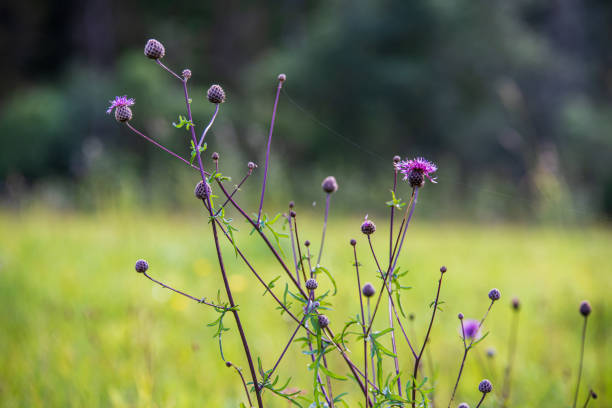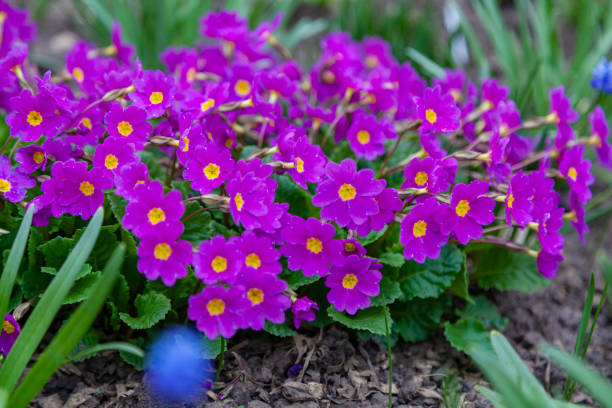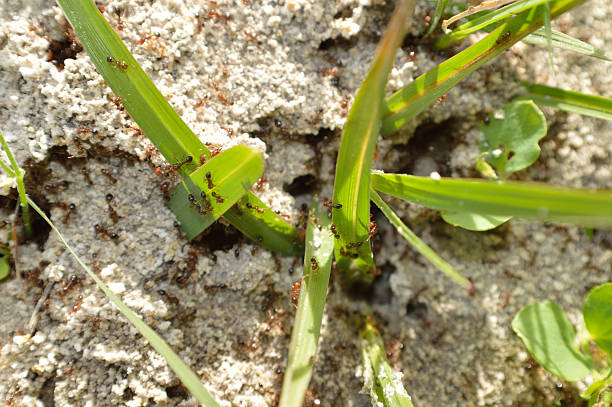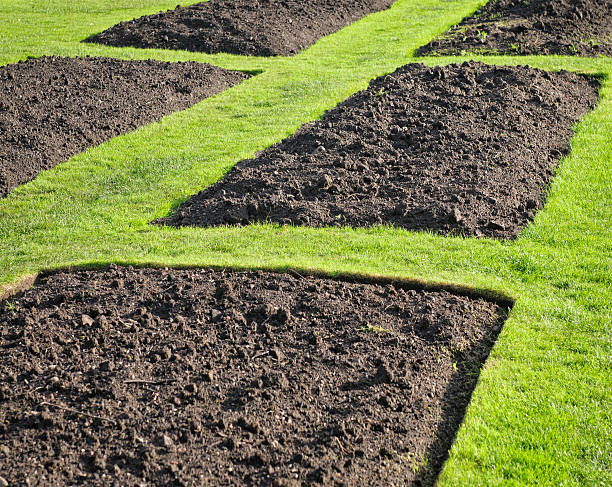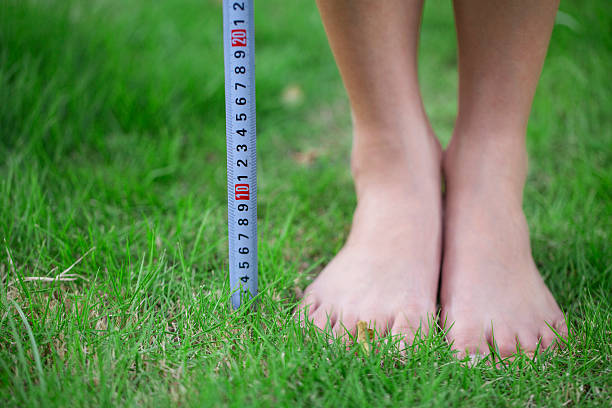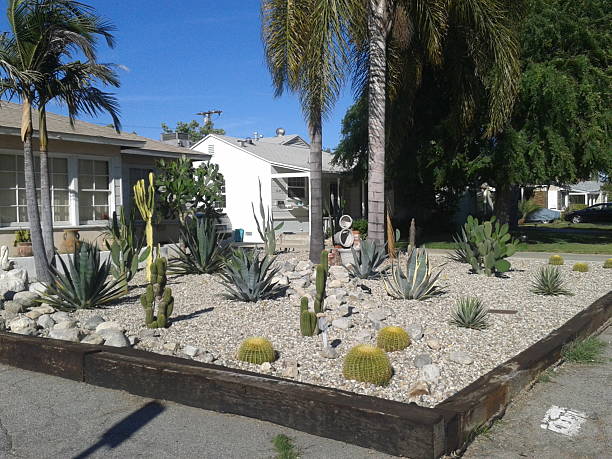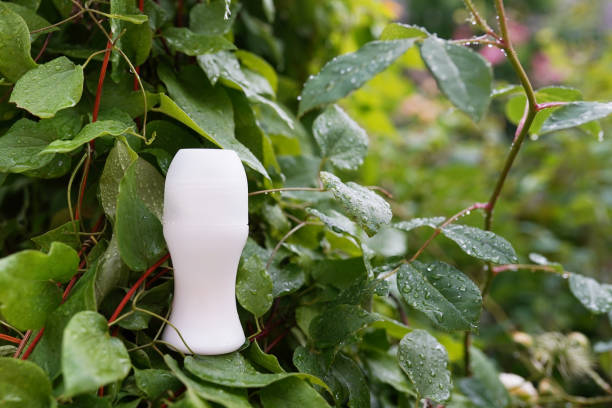What Is the Purple Flowering Weed in My Yard?
This post contains affiliate links. This means I will make a commission at no extra cost to you should you click through and make a purchase. Read the full disclosure here.We all strive to maintain a beautiful and healthy yard, but sometimes unwanted plants can make their way into our outdoor spaces. One common issue faced by homeowners is the presence of a purple flowering weed. In this article, we will explore what these weeds are, how to identify them, the reasons behind their presence, potential issues they can cause, and effective methods to prevent and control them. By the end, you’ll have a better understanding of how to maintain a weed-free yard that you can enjoy throughout the year.
Introduction
Weeds are plants that grow in undesirable locations, competing with our desired plants for nutrients, water, and sunlight. A purple flowering weed, as the name suggests, is a weed species that produces vibrant purple blooms. These weeds can be found in yards, gardens, and even cracks in pavement. They often stand out due to their distinct color, which can either be an attractive addition to the landscape or a nuisance, depending on personal preferences.
Identification of the Purple Flowering Weed
To effectively deal with the purple flowering weed in your yard, it’s important to accurately identify the specific weed species you are dealing with. Several types of purple flowering weeds exist, each with its own unique characteristics. Here are some physical traits that can help you identify them:
Plant Height: Purple flowering weeds can vary in height, ranging from low-growing varieties to taller plants.
Leaf Shape: The shape and arrangement of the leaves can differ between weed species. Some may have narrow, elongated leaves, while others have rounded or lobed leaves.
Flower Appearance: Pay attention to the color, shape, and size of the flowers. Purple flowering weeds can have different flower structures, such as clusters, spikes, or individual blooms.
Common types of purple flowering weeds include Purple Deadnettle, Henbit, and Creeping Charlie. By examining these characteristics, you can better identify the specific weed species present in your yard.
Reasons for the Presence of Purple Flowering Weeds
Understanding the reasons behind the presence of purple flowering weeds can help you develop effective strategies for their control. Several factors contribute to the growth and proliferation of these weeds:
Environmental Factors: Purple flowering weeds thrive in certain environmental conditions, such as moderate temperatures and adequate sunlight. They can quickly colonize yards that provide favorable growth conditions.
Soil Conditions: Weeds, including purple flowering ones, can take advantage of nutrient-deficient or compacted soil. Improper soil preparation or lack of regular fertilization can contribute to their establishment.
Lack of Proper Lawn Maintenance: A neglected or poorly maintained yard is more susceptible to weed infestations. Inadequate watering, irregular mowing, and insufficient weed control measures can create an environment where purple flowering weeds can flourish.
Potential Issues Caused by Purple Flowering Weeds
While the purple flowers of these weeds may be visually appealing to some, they can cause several issues for homeowners and their yards:
Negative Impact on Yard Aesthetics: Purple flowering weeds can disrupt the visual appeal of a well-maintained yard. Their presence can make the landscape appear untidy and neglected.
Competition with Desired Plants: These weeds compete with desirable plants for essential resources such as water, nutrients, and sunlight. This competition can weaken the growth and overall health of your lawn, flowers, or vegetables.
Spreading and Taking Over: If left unchecked, purple flowering weeds can rapidly spread and establish dense populations. They have the potential to overtake the yard, making it difficult to regain control.
Prevention and Control Methods for Purple Flowering Weeds
Preventing and controlling purple flowering weeds requires a proactive approach. Here are some effective methods to consider:
Regular Mowing and Lawn Maintenance: Maintaining a healthy lawn through regular mowing at the appropriate height can prevent weed growth. Additionally, proper watering, fertilization, and aeration contribute to a stronger lawn that can better compete against weeds.
Manual Removal: Hand-pulling or digging out purple flowering weeds can be effective, especially for smaller infestations. Ensure that you remove the entire weed, including the roots, to prevent regrowth.
Use of Herbicides: Selective herbicides can target and kill purple flowering weeds without harming desirable plants. It’s important to follow the instructions carefully, applying the herbicide at the appropriate time and in the correct dosage.
Organic Alternatives for Weed Control
If you prefer organic or eco-friendly approaches to weed control, several methods can help manage purple flowering weeds in your yard:
Mulching: Applying a layer of organic mulch around plants and in garden beds helps suppress weed growth by blocking sunlight and preventing weed seed germination.
Hand Weeding: Regularly inspecting your yard and manually removing purple flowering weeds as soon as they appear can prevent them from spreading. Be thorough and remove the entire plant, including the roots.
Natural Herbicides: Some natural herbicides, such as vinegar or boiling water, can provide effective control over small weed populations. However, they may also affect desirable plants, so caution is advised.
Importance of Proper Yard Care and Maintenance
Maintaining a healthy yard through proper care and maintenance is crucial in preventing the establishment of purple flowering weeds. A few essential practices to keep in mind include:
Regular Watering: Provide consistent, deep watering to your lawn and plants, as this promotes strong root growth and enhances their ability to outcompete weeds.
Appropriate Fertilization: Apply the right type and amount of fertilizer to your lawn and plants to ensure optimal nutrition. Healthy plants are more resistant to weed invasions.
Adequate Sunlight: Ensure that your plants receive adequate sunlight according to their requirements. Proper spacing and pruning can help prevent the creation of shaded areas where weeds thrive.
Conclusion
Dealing with purple flowering weeds in your yard can be a challenging task, but with proper identification, prevention, and control methods, you can maintain a weed-free outdoor space. Regular lawn care, including mowing, watering, and fertilizing, is essential for keeping your yard healthy and resilient against weed infestations. Additionally, organic alternatives like mulching and hand weeding provide eco-friendly options for weed control. By taking proactive measures and staying consistent in your efforts, you can enjoy a beautiful and weed-free yard year-round.
FAQs
Are all purple flowering weeds harmful to my yard?
Not necessarily. While some purple flowering weeds can cause issues for your yard, others may not pose significant threats. It’s important to identify the specific weed species to determine the potential impact.
Can I use vinegar to control purple flowering weeds?
Vinegar can be effective in controlling small weed populations, including some purple flowering weeds. However, it can also harm desirable plants, so it should be used with caution and only in targeted applications.
How often should I mow my lawn to prevent purple flowering weeds?
Regular mowing is essential to prevent weed growth. Depending on the grass type, mow your lawn at the recommended height and frequency to discourage weed establishment.
Will using herbicides harm my pets or children?
When used correctly and according to the instructions, selective herbicides pose minimal risk to pets and children. However, it’s advisable to keep them off the treated areas until the herbicide has dried or been absorbed.
How can I prevent purple flowering weeds from coming back after removal?
Consistent lawn maintenance, including regular watering, fertilization, and weed control measures, will help prevent the reestablishment of purple flowering weeds. Stay vigilant and address any new weed growth promptly.

